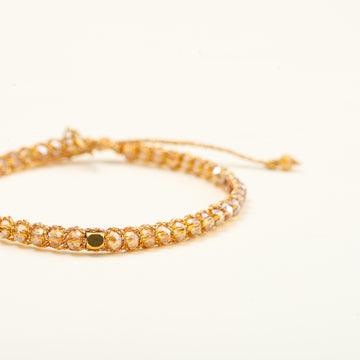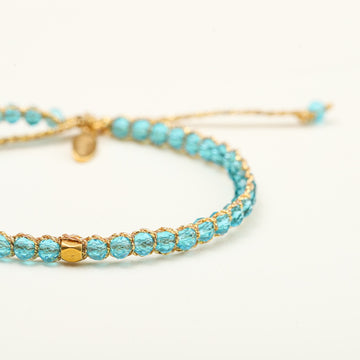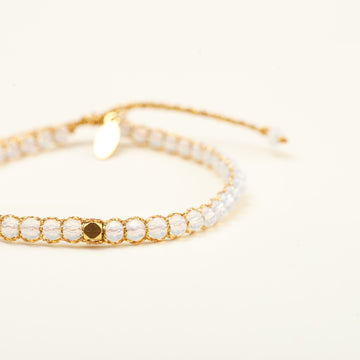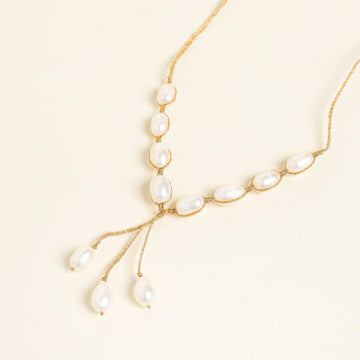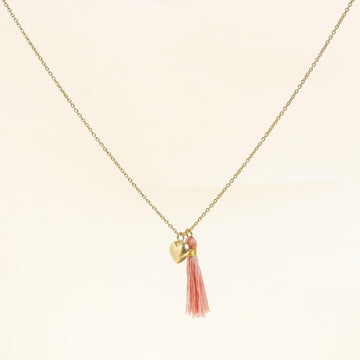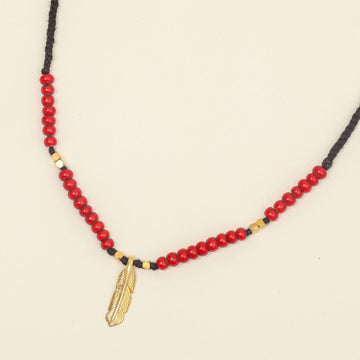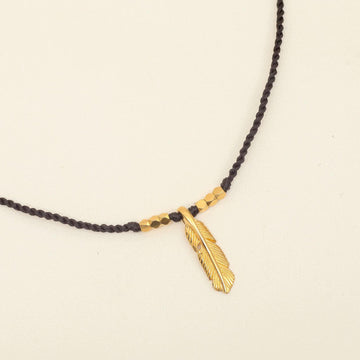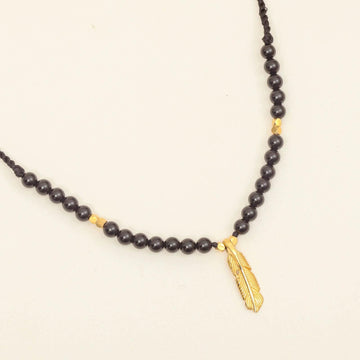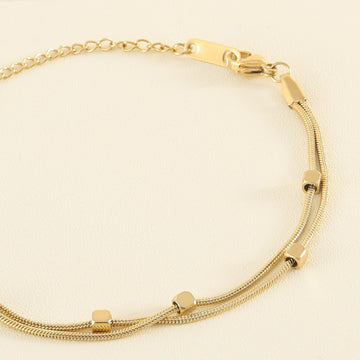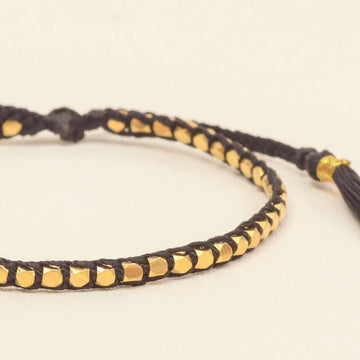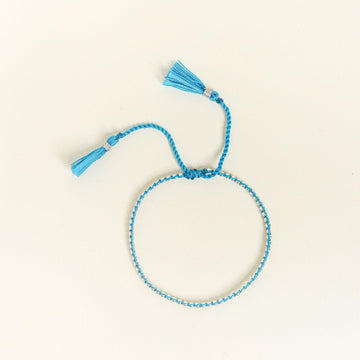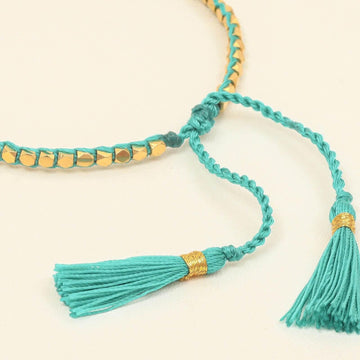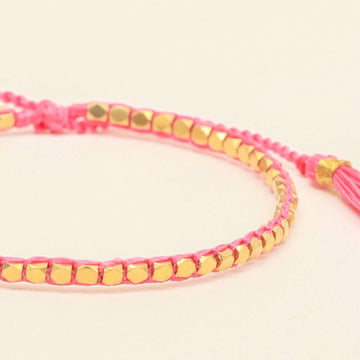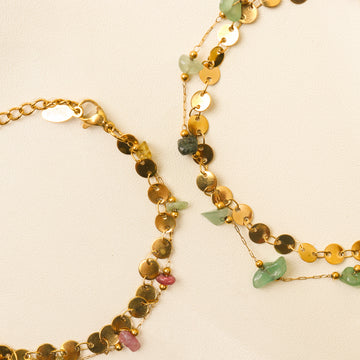Why Is My Wrist Turning Green? Understanding Reactions to Stainless Steel Bracelets
by Praijing Jewelry on Aug 08, 2025

Introduction
You bought a beautiful bracelet. You love how it looks. But a few hours in… your wrist is green.
What gives?
If you’ve ever noticed discoloration, itchiness, or a weird tint on your skin after wearing stainless steel jewelry, you’re not alone. It can feel disappointing—especially when a piece you love leaves a mark you didn’t expect.
But here’s the thing: it doesn’t mean the bracelet is fake or bad. It just means your body (and environment) are having a bit of a reaction. And the good news? There are ways to understand, prevent, and fix it.
Let’s explore why this happens—and how you can keep wearing your favorite pieces without worrying about stains or irritation.
Why Does Stainless Steel Sometimes Turn Your Skin Green?
Not all stainless steel is created equal. And not all skin reacts the same way.
Here are some common reasons this happens:
-
Nickel Content: Some stainless steel (especially lower grades) contains nickel, a common allergen that can cause green discoloration or irritation.
-
Sweat + pH Balance: Your skin’s acidity interacts with the metal, especially if you sweat often or have a naturally acidic pH.
-
Environmental Factors: Humidity, skincare products, and even salt from the ocean or your sweat can speed up reactions with the metal.
-
Cheap Plating Wearing Off: Some jewelry that looks like stainless steel is actually plated with a thin layer of another metal—once that wears off, reactions begin.
This doesn’t mean stainless steel is bad—it just means your body might need a slightly different version of it.
How to Prevent the Green Wrist Problem
Don’t give up on your bracelet just yet. Try these tricks:
-
Choose 316L or Surgical Grade Stainless Steel: These are higher-quality options that are often hypoallergenic and less reactive.
-
Apply a Jewelry Barrier: A clear coat of nail polish or a jewelry protectant can create a barrier between your skin and the metal.
-
Remove Jewelry When Wet: Take off your bracelet before showering, swimming, or intense workouts to minimize chemical reactions.
-
Rotate Pieces: Avoid wearing the same bracelet 24/7. Let your skin breathe and reduce friction.
-
Keep It Clean: Wipe your bracelet with a soft cloth after each wear to remove sweat, oils, or product buildup.
What If It’s Already Happening?
If your wrist is already turning green or feeling irritated, here’s what to do:
-
Clean Both Your Skin and the Bracelet: Use mild soap and water to wash away any residue.
-
Moisturize: Dry skin can worsen reactions. A gentle, fragrance-free lotion helps.
-
Let It Rest: Stop wearing the bracelet for a few days and see if the symptoms subside.
-
Switch to Better Materials: If irritation keeps happening, consider investing in higher-quality metal or gemstone-based bracelets.
Closing: Jewelry Should Make You Feel Good—Not Itchy
Your bracelet should be a source of beauty, comfort, and self-expression—not stress.
Understanding what’s behind the green wrist mystery empowers you to wear your pieces with confidence. Whether it’s choosing better materials, treating your jewelry with care, or simply giving your skin a little break—small changes can make a big difference.
So go ahead, wear what you love. Just do it in a way that loves you back.


